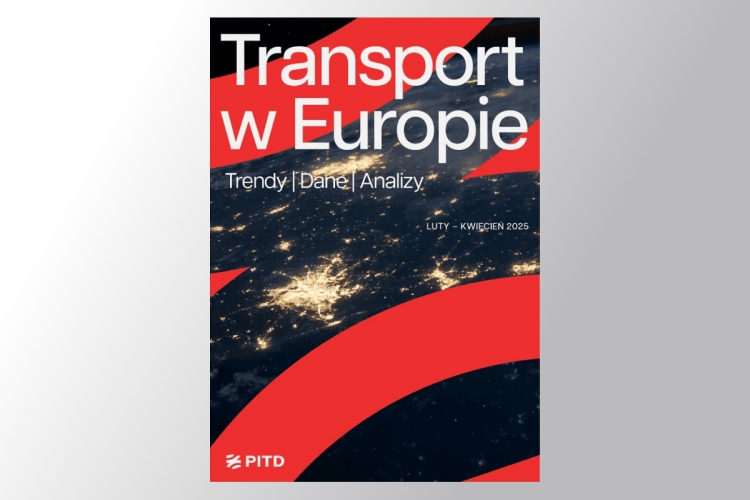European Transport Trends in the TSL Sector
- Oprac. M.K.
- Kategoria: English zone
An analysis of macroeconomic data and transport-specific indicators across seven key countries for the European TSL sector. Insights from industry practitioners and forecasts for the future - all in one place.
The Polish Road Transport Institute presents a quarterly report that combines key market indicators with interpretations and recommendations from managers, business owners, and operational transport leaders from across Europe.
Poland, Germany, France, Italy, the Netherlands, Spain, and Belgium — these are the markets we focus on in this issue, seeking answers for freight forwarders and carriers to the most pressing questions:
- Where are shortages beginning to emerge?
- Where are rates increasing?
- Are there any early signs of economic recovery?
- Which markets could serve as alternatives to those traditionally considered most important?
- How can companies protect themselves from fuel price fluctuations?
- What data should inform decisions about downsizing or expanding a fleet?
- Is it better to rely on contract transport or spot market offers?
- What to do when rate increases don’t translate into available transport capacity?
- And many, many more.
Nearly 20 experts were invited to contribute - presidents, managing directors, transport managers, executives, and economists representing European companies, organizations, and industry associations. They were asked to provide practical recommendations as commentary on the data we analyzed - guidance that is now crucial for running a business effectively.
I believe some companies must be scaled to match actual demand, with profitability and liquidity as the primary criteria. It’s also worth rethinking the business model - whether, beyond maintaining a private fleet with high fixed costs, it's not more viable to develop forwarding operations, which offer greater flexibility in adapting to demand fluctuations - noted Dr. Paweł Trębicki, Managing Director, Rhenus Road Freight – Central East Region.
Routes involving Spain are likely to experience the strongest upward price pressure. Spain’s economic growth still significantly exceeds the European average, and both consumers and industry will continue to exert strong demand pressure on transport rates - observed Nathaniel Donaldson, Data and Modelling Manager, Transport Intelligence.
From the perspective of contractors, carriers, and forwarders, it now seems reasonable to enter into short-term contracts and avoid long-term commitments. Today, shippers are still accustomed to dictating terms in pricing, payment deadlines, and other conditions, often unfavorable to carriers. Sooner or later, they will have to unlearn that - added Maciej Wroński, President of TLP.
The shortage of transport capacity stems not only from the driver shortage, but also from orders that, due to high operating costs, are no longer profitable and are therefore rejected. Many transport companies in Germany no longer respond to RFQs from major retail and industrial clients, as it’s impossible to obtain freight rates that cover costs - stated Dr. Dirk Engelhardt, Spokesperson for the Federal Association of Road Haulage, Logistics and Disposal (BGL).
The full report is available via the provided link (in Polish).
Source: Polish Road Transport Institute


